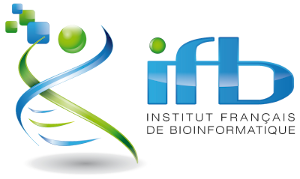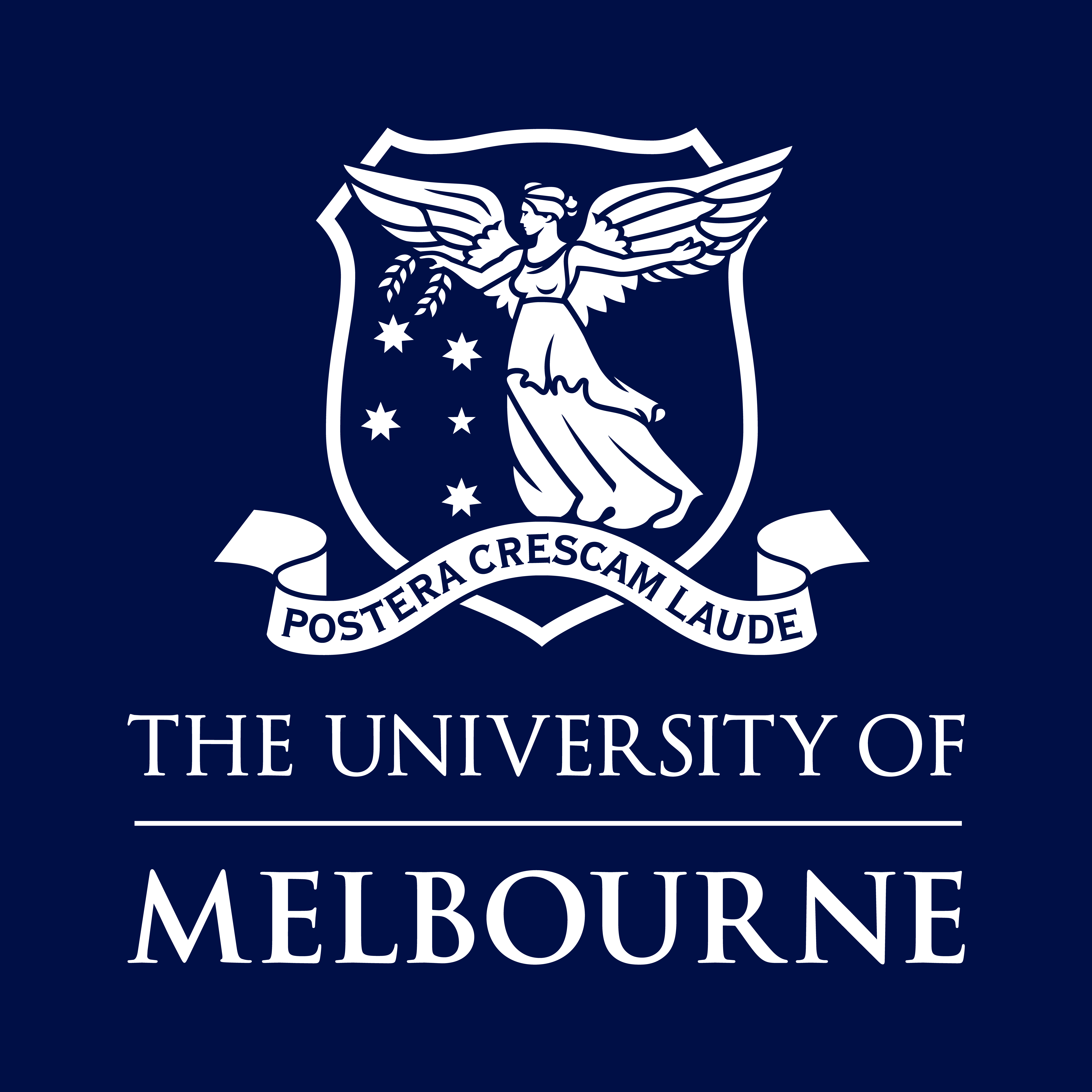Genome Annotation
Genome annotation is a multi-level process that includes prediction of protein-coding genes, as well as other functional genome units such as structural RNAs, tRNAs, small RNAs, pseudogenes, control regions, direct and inverted repeats, insertion sequences, transposons and other mobile elements.
For any question or discussions related to this topic, or to connect with others in the community, please visit the community chat:
Requirements
Before diving into this topic, we recommend you to have a look at:
Material
You can view the tutorial materials in different languages by clicking the dropdown icon next to the slides (slides) and tutorial (tutorial) buttons below.Introduction
Start here if you are new to genome annotation in Galaxy.
| Lesson | Slides | Hands-on | Recordings | Input dataset | Workflows |
|---|---|---|---|---|---|
|
Introduction to Genome Annotation
|
Prokaryotes
Annotation of prokaryotic genomes.
| Lesson | Slides | Hands-on | Recordings | Input dataset | Workflows |
|---|---|---|---|---|---|
| Bacterial Genome Annotation | |||||
| Genome annotation with Prokka | |||||
| Identification of AMR genes in an assembled bacterial genome | |||||
| Refining Genome Annotations with Apollo (prokaryotes) | |||||
| Essential genes detection with Transposon insertion sequencing |
Eukaryotes
Annotation of eukaryotic genomes.
Other
Assorted Tutorials
| Lesson | Slides | Hands-on | Recordings | Input dataset | Workflows |
|---|---|---|---|---|---|
| From small to large-scale genome comparison | |||||
| Comparative gene analysis in unannotated genomes |
Frequently Asked Questions
Common questions regarding this topic have been collected on a dedicated FAQ page . Common questions related to specific tutorials can be accessed from the tutorials themselves.
Follow topic updates rss-feed with our RSS Feed
Community Resources
Community Home Maintainer HomeEditorial Board
This material is reviewed by our Editorial Board:
Are you on the editorial board or want to help out with this topic? View the topic maintainer page for ways to improve this topic!
Contributors
This material was contributed to by:
Funding
These individuals or organisations provided funding support for the development of this resource







